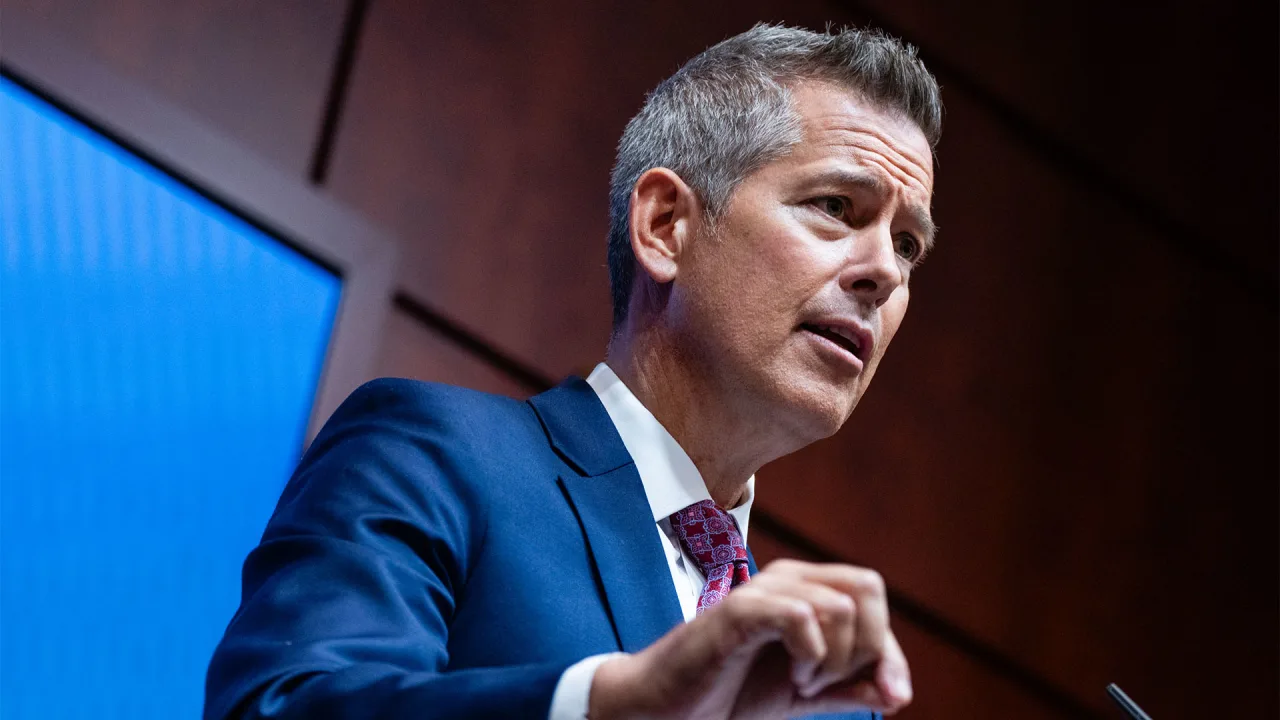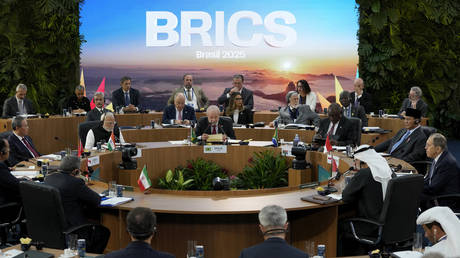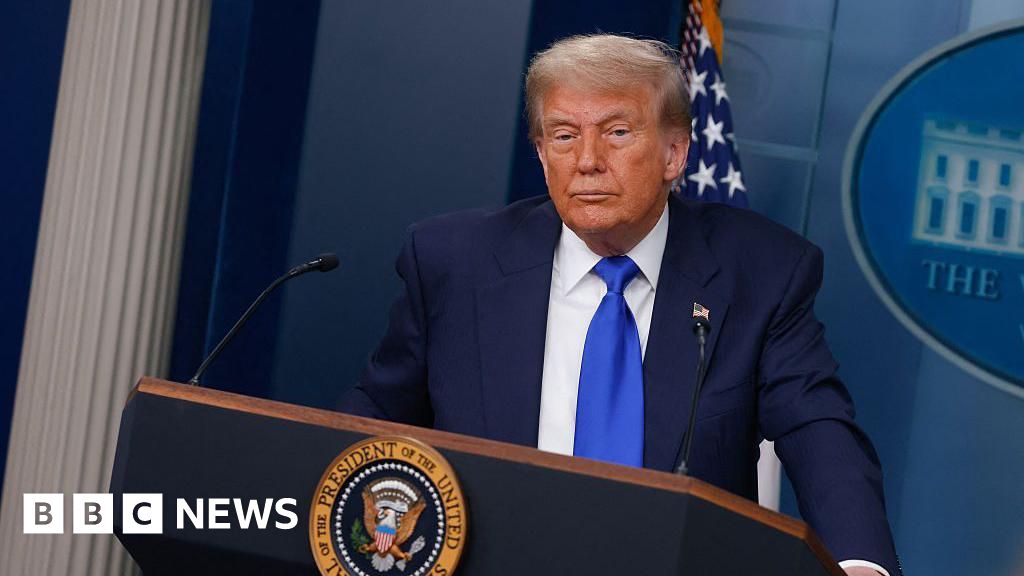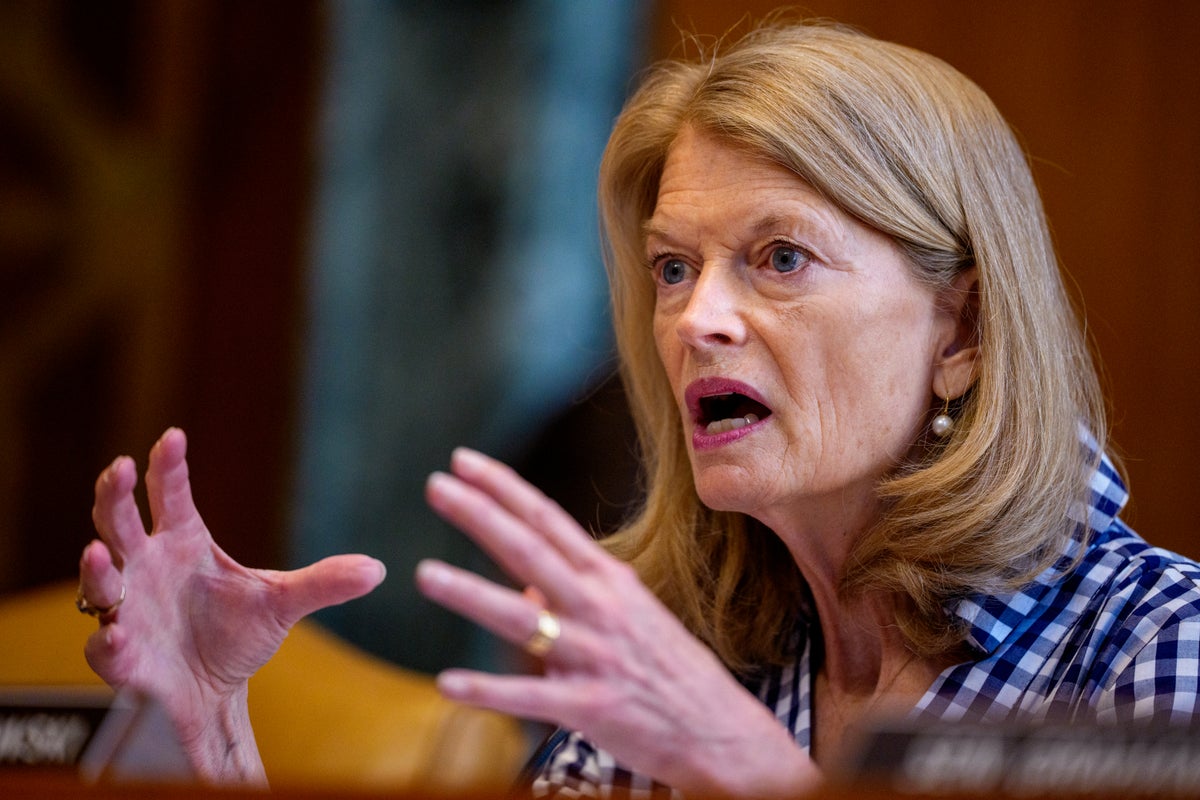Sean Duffy is NASA’s interim chief. What will it mean for missions to the moon, Mars, and beyond?

Yesterday evening, President Trump announced on Truth Social that Transportation Secretary Sean Duffy would take over as interim administrator of NASA. The space agency has been without an official leader since the president took office in January; Janet Petro, the director of Kennedy Space Center in Florida, has been serving as the acting administrator until now.
The road to nominating a leader for the space agency has been a rocky one for Trump. Back in December, the president-elect named Jared Isaacman, CEO of Shift4 Payments and a private astronaut, as his nominee for NASA administrator. Critics flagged Isaacman’s close ties to Elon Musk as a hurdle to his confirmation (Isaacman conducted the first private spacewalk along with Sarah Gillis on Polaris Dawn, a mission for which he paid SpaceX).
However, the president withdrew Isaacman’s nomination on May 31 after a public fallout with billionaire Elon Musk. Trump later cited Isaacman’s close ties to the SpaceX CEO as part of the reason for the withdrawal, in addition to his political leanings. (Trump claimed Isaacman is a Democrat, while Isaacman characterized himself as a “right-leaning moderate” in a post on X.)
Now, Transportation Secretary Sean Duffy, a former Republican congressman and reality television star, is set to inherit a tumultuous set of circumstances at NASA. The president’s budget proposes cutting almost 50% of the agency’s science funding, which experts say would be a devastating blow, cancelling 19 active science missions. However, members of the Senate appropriations committee have indicated they intend to restore much of NASA’s science funding.
Additionally, a recent report from POLITICO indicates that over 2,000 of NASA’s senior staff are set to depart the agency in coming months. These civil servants have accepted the early retirements, buyouts, and deferred resignations that were on offer as a result of Trump’s budget cuts and efforts to reduce the size of the federal government workforce.
This leadership “brain drain” will likely have drastic impacts to the agency, and the cuts only make up half of what the president has stated he’d like to see for NASA. This means there may be more to come. NASA did not respond to a request for comment at the time of publication.
What's Your Reaction?
 Like
0
Like
0
 Dislike
0
Dislike
0
 Love
0
Love
0
 Funny
0
Funny
0
 Angry
0
Angry
0
 Sad
0
Sad
0
 Wow
0
Wow
0





























































































